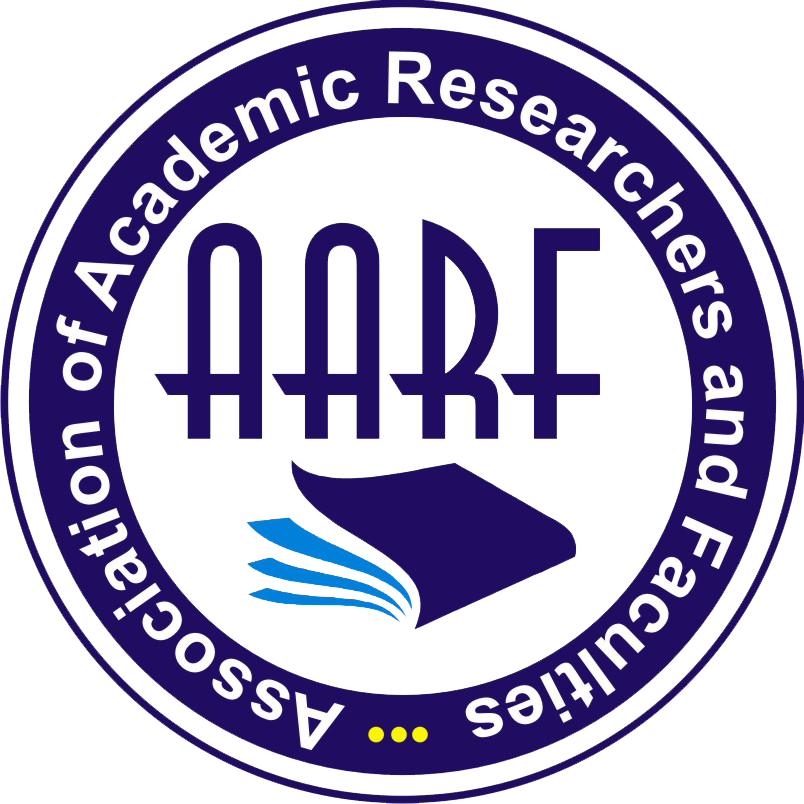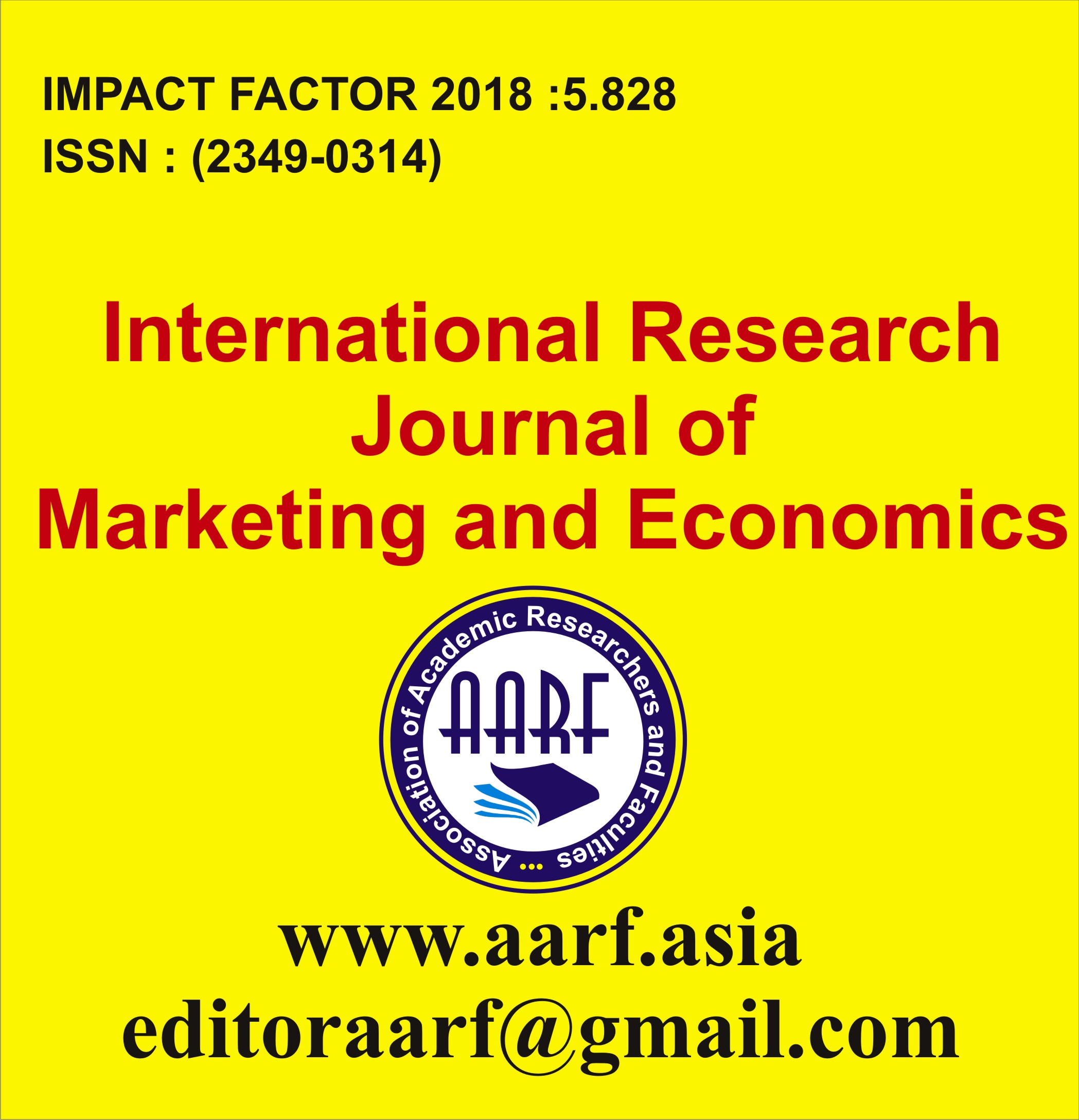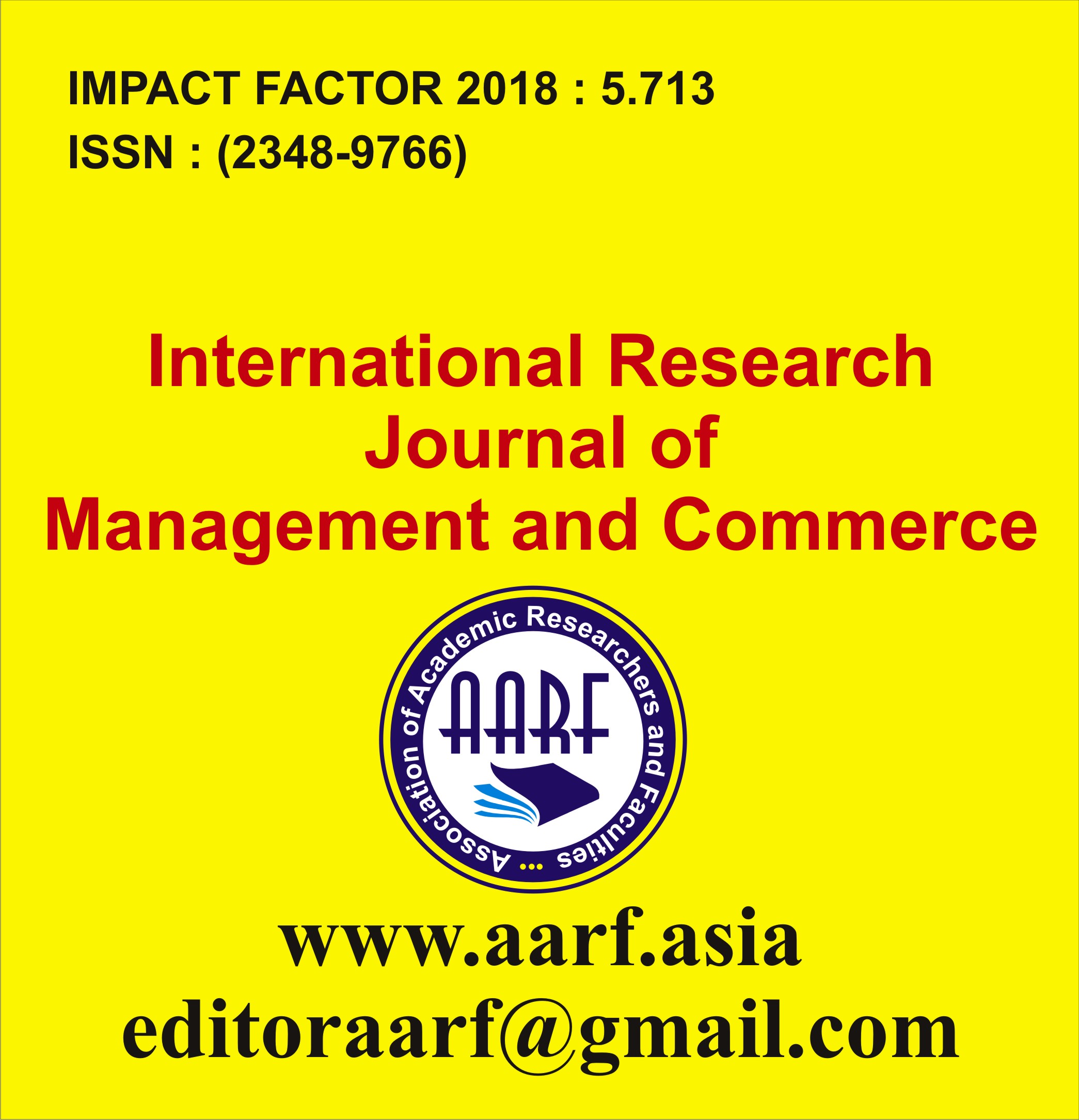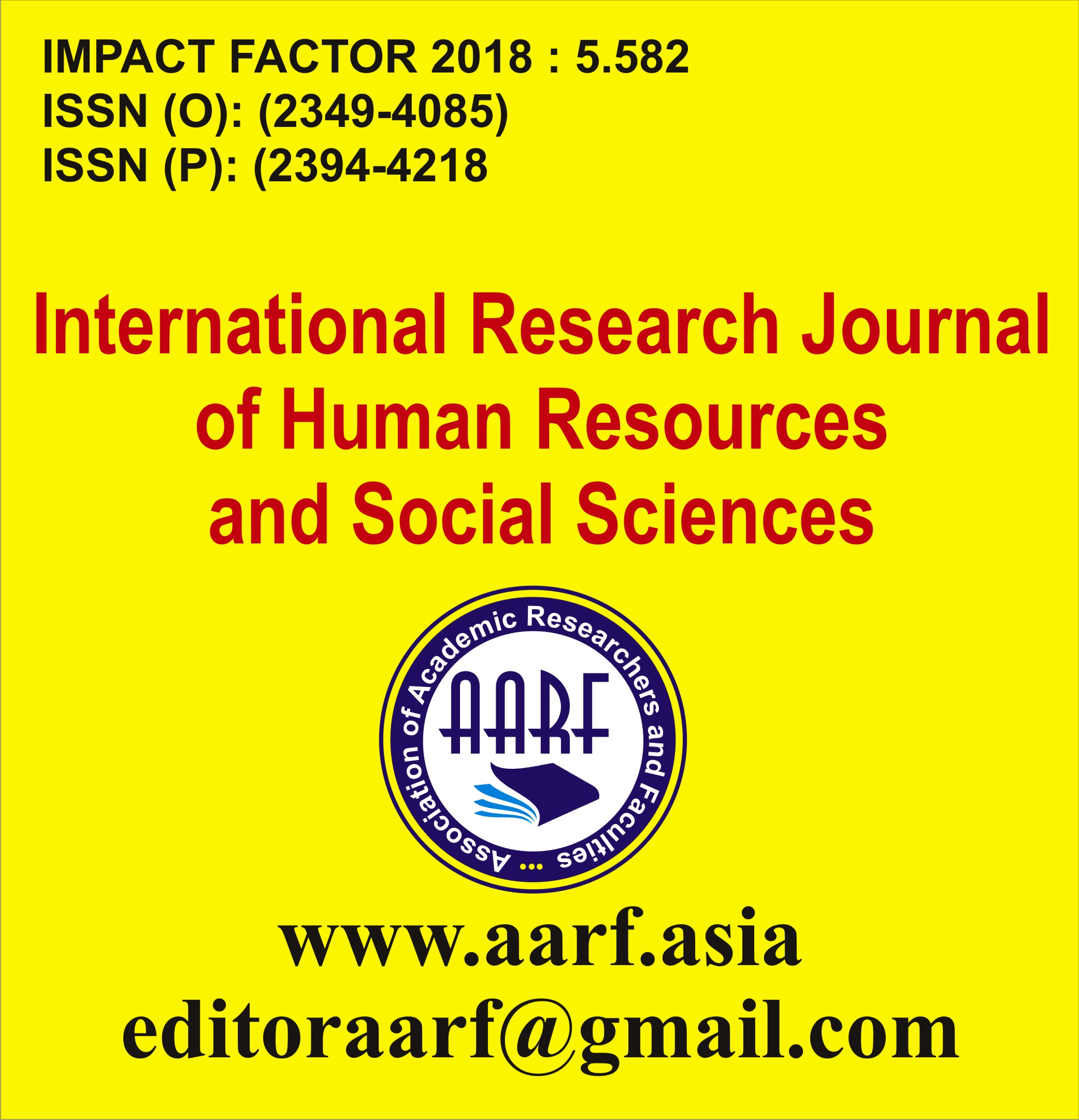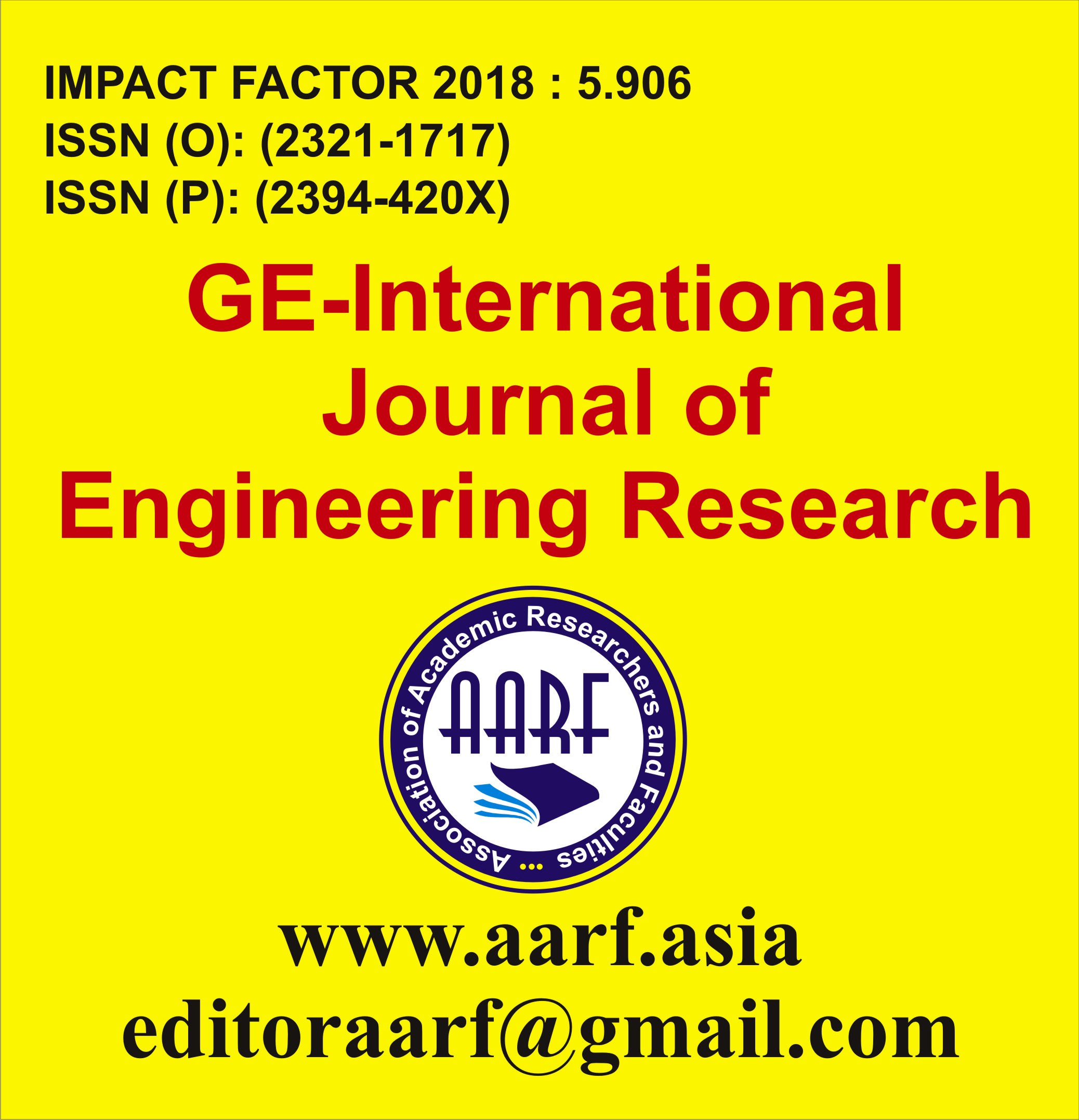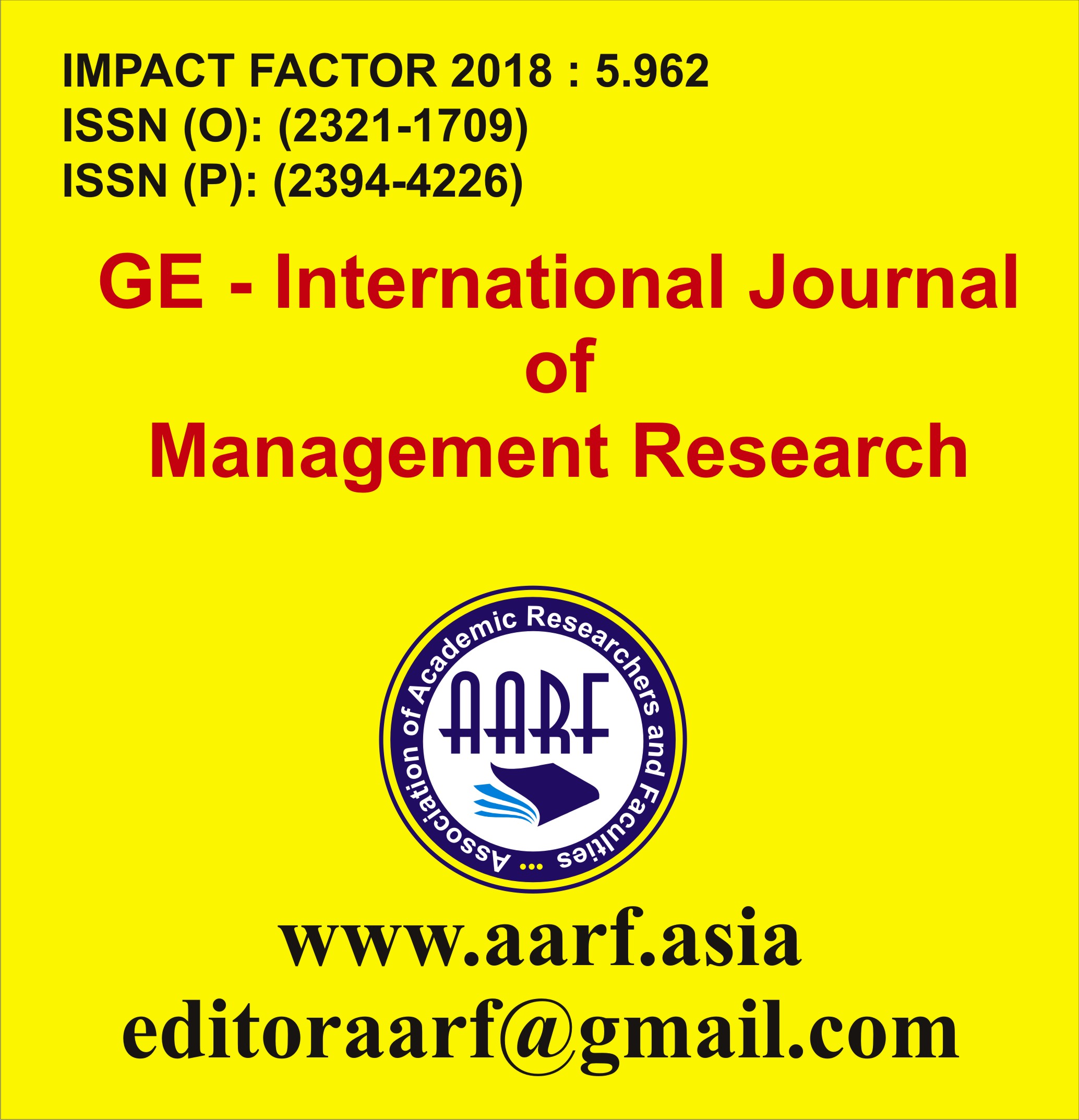
- Current Issue
- Past Issues
- Conference Proceedings
- Submit Manuscript
- Join Our Editorial Team
- Join as a Member

| S.No | Particular | Page No. | |
|---|---|---|---|
| 1 |
Sree Krishna Bharadwaj HAbstract: There are several agencies which are attached to the UN and also acting independently which communicate and co-ordinate with the nations around the world and fight against the terrorism at global platform. The paper explores the agencies which are working under the UN to curb the terrorism which is a threat to humanity at the global platform. |
|
12-28 |
| 2 |
Nguyen Hoang Xuan Anh and Phan Thanh TamAbstract: All enterprises need resources including human resources for development. In the current world situation when international competitiveness has become fiercer in many fields, it’s a bonus for any enterprise that possesses high-quality human resources. High quality human resources are also a condition to improve the efficiency of the operation in business, and an important factor for successful international integration. |
|
29-38 |
| 3 |
Dr. Virendra Singh, Dr. Anant SharmaAbstract: Tribal societies are known for their tradition. In this globalized world it is hard to think about the life which completely works on traditional values, norms, beliefs, customs, rituals, practices, religion etc. |
|
39-43 |
| 4 |
Raga Sudha Addagabottu, Dr. Nagaraju BattuAbstract: In India changing societal attitudes, inflation and rising educational levels made more women than ever before to drive into the paid workforce. |
|
44-61 |
| 5 |
Prof. Dr. Khalid Mahmood Iraqi, Anum Fatima & Wardah NadeemAbstract: HRM has evolved since last two decades from a reactive function with an administrative focus to a proactive approach with a strategic orientation. This is because most firms now accept human resource as their competitive advantage and HRM as a means of acquiring, building and sustaining the human capital. |
|
62-81 |
| 6 |
Dr. M.P. GaurAbstract: The aim of the present study was to assess mental competence between state-level achievers and non-achievers. A total of one hundred and six (N=106) male subjects, including fifty-three (n=53) achievers who earned medals for state football tournaments and fifty-three (n=53) non-achievers who entered but did not achieve medals in that respective tournament were selected for this study. . Targeted and random sampling were used for the selection of subjects |
|
82-87 |
